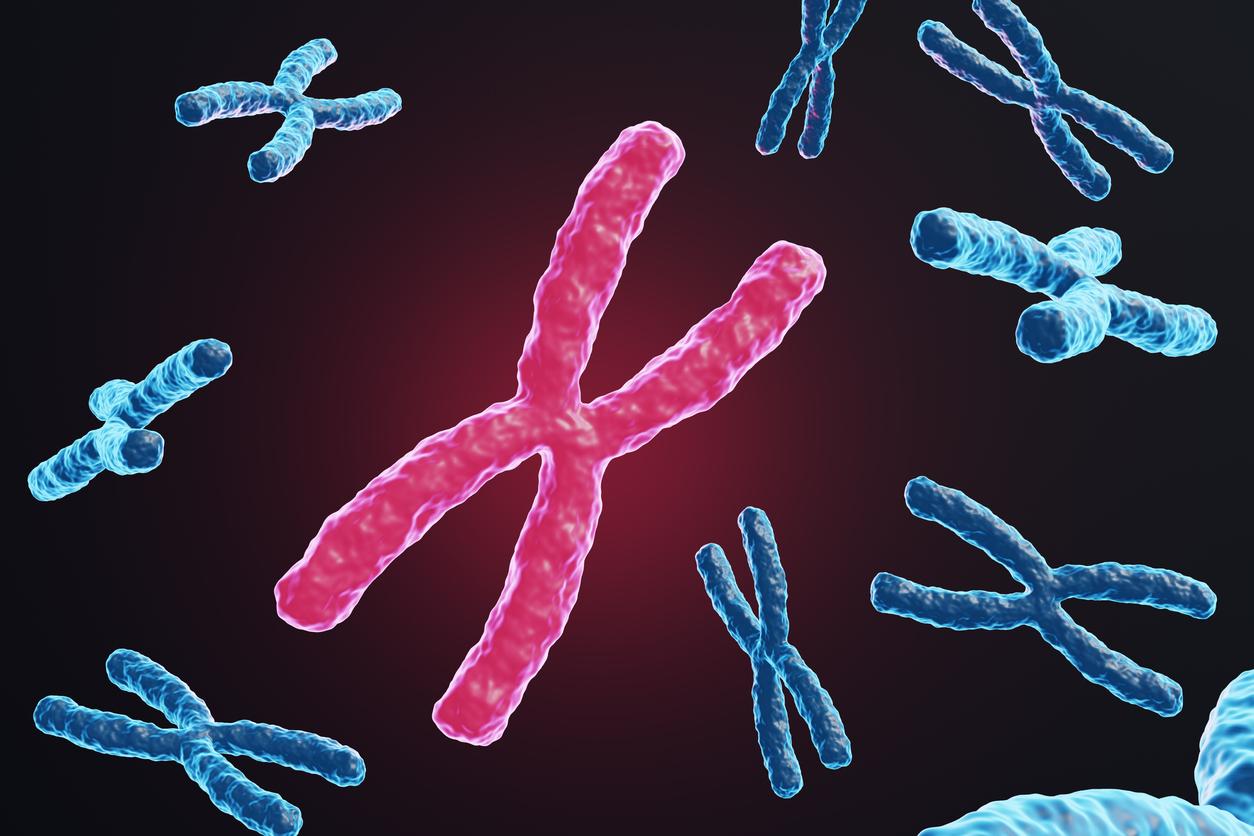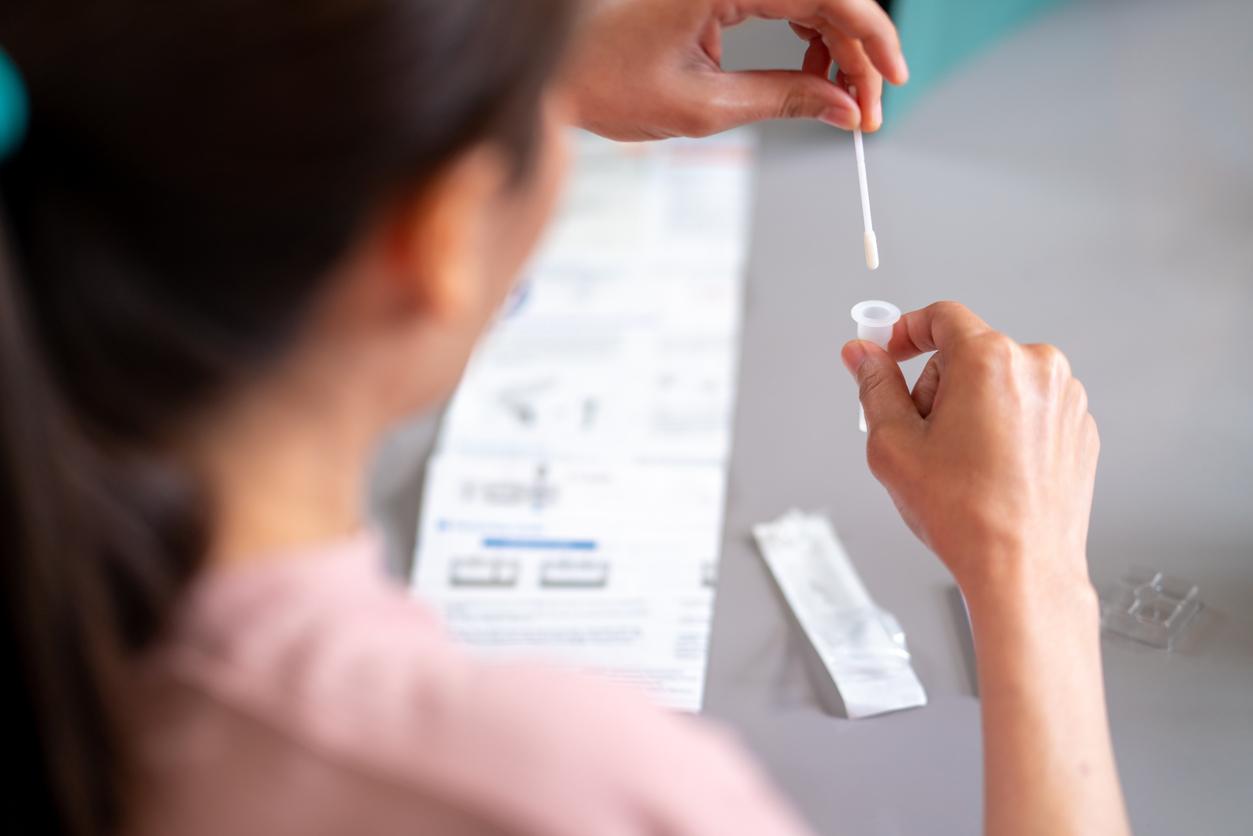The physical distancing measures put in place to fight the epidemic lead to changes in the expression of some of our genes. Good news: these effects do not seem definitive and a resumption of socialization would allow a return to normal.

- The researchers observed a consistent change in the expression of a handful of genes in fish that were raised in social isolation.
- After only 30 minutes of swimming with their parents, there was a significant recovery in the levels of these genes.
Fighting Covid-19 changes our brain. Physical distancing and isolation measures affect brain function. German researchers from the Max Planck Institute wanted to understand how and they discovered a brain molecule that works like a “thermometer” which detects the presence of other people. They presented their work on December 2 in the journal Nature.
The level of genes increases in the presence of other fish
The researchers conducted their experiments on zebrafish for which, as with humans, varying social conditions lead to lasting changes in their behavior. To measure the effect on the brain, they looked for brain systems that sense the social environment to find out if neural genes are involved. For this, they raised a zebrafish alone and used RNA sequencing to measure the expression levels of thousands of neuronal genes.
The results showed a change in the expression of genes in zebrafish when left alone. “We found a consistent change in the expression of a handful of genes in fish that were reared in social isolationreveals Lukas Anneser, author of the study. One of them was parathyroid hormone 2 (pth2), coding for a relatively unknown peptide in the brain. Curiously, the expression of pth2 not only tracked the presence of the others, but also their density. Surprisingly, when the zebrafish was isolated, pth2 disappeared in the brain, but its expression level increased rapidly, like a thermometer reading, when other fish were added to the aquarium.”
The presence of others felt
The scientists then investigated whether the effects of isolation can be reversed and placed the fish in a social setting. “After just 30 minutes of swimming with their parents, there was a significant recovery in pth2 levelsobserved Lukas Anneser. After 12 hours with parents, pth2 levels were indistinguishable from those seen in socially reared animals. This very strong and rapid regulation was unexpected and indicated a very close link between gene expression and the environment..”
To go further, the researchers studied how these animals detect the presence of others and the link this has with the modification of the expression of the genes involved. “It turned out that the sensory modality that controls pth2 expression was not vision, taste, or smell, but rather mechanosensation.reveals Erin Schuman who led the team of scientists. They were actually ‘feeling’ the physical movements of nearby fish swimming by.”
The neuro-hormone that regulates our brain networks
Fish perceive movement, the famous mechano-sense, around them using a sensory organ called the lateral line. To test the role of mechanosensation in driving pth2 expression, the team ablated the mechanosensing cells in the lateral line of the fish. In those that were isolated, this ablation prevented rescue of the neurohormone that was usually induced by the presence of other fish.
“Our data indicate a surprising role for a relatively unexplored neuropeptide, Pth2, which tracks and responds to the population density of an animal’s social environment. It is clear that the presence of other people can have dramatic consequences on an animal’s access to resources and its ultimate survival. It is therefore likely that this neuro-hormone will regulate brain and behavioral social networks”, concluded Erin Schuman.
.

















